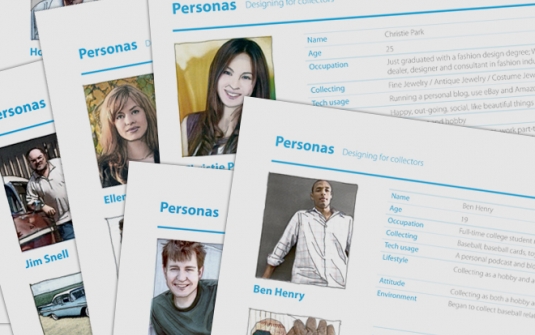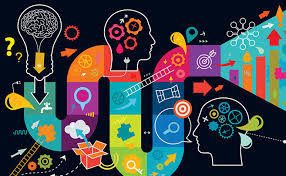
Design Thinking – Personas
September 16, 2016In today’s digital world great brands differentiate their product and services through exceptional customer experiences. Exceptional customer experience come from service oriented mindset and the use of human centric design – elevating the human experience as the principal benchmark user – Our North Star. That’s where we employ the art of Design Thinking As A Strategy.
As a design thinking strategy its very important to identify the right problem to solve because if we are not solving the right problem we are not giving our users the solutions to be successful, identifying the right problem is about identifying your teams intent,the final out come.Intent and the final outcome is not something that ships with the software code. It has to be articulated with the users by putting yourself in users’ shoes, his world. From there you Observe, Build, Reflect translating into Principles, The Loop & Keys.
Principles define the way we see problems.The focus is on user outcomes as outcomes define the value we deliver to our customers, the end user of the solution.
Secondly the use of multi disciplinary teams, which first have empathy and respect towards each other, and then with the users to build trust, either succeeding or failing as whole team.
Being able to do restless invention is another.Nothing is created and perfected at the same time.Everything is a prototype.When you treat everything as just another iteration, you’re empowered to rethink solutions to even the oldest problems.
The next section is the Loop. It’s a behavioral model for discovering user needs and envisioning a better future. Increasing our understanding of a problem and its solutions ensures better outcomes. Therefore the Loop is made for understanding open-ended problems.
The Loop consists of three sections –observe, reflect, and make.First is observe. Observing immerses us in our users’world. It helps us to get to know our users, uncover their needs, learn the landscape and test our ideas. When we observe, we make sure to set aside our assumptions and take it in without judgment. This is about objectively discovering your users’world instead of seeking validation for your existing ideas and assumptions.
Next up is reflect. Reflecting helps align our various points of view. If we slow down just enough to reflect, we move faster when we’re aligned. Reflecting is about coming together and converging on a point of view. It helps us to find common ground, uncover insights, align with your team and plan ahead. When you reflect, make sure to reflect together to stay in sync. Reflecting individually is important but reflecting as a team is fundamental to great collaboration.
The third aspect of the Loop is make. Making gives form to our ideas. Making is about getting your hands dirty to communicate concepts, explore ideas, prototype possibilities and drive to outcomes. We can’t know everything, but we do know something, so jump right in. The earlier we make,
the faster we learn.
The Keys align us. Great outcomes don’t happen at random. They’re the result of great leadership and management. No matter how you work today, use the Keys to keep teams focused and aligned on outcomes that matter to users. Design Thinking helps us solve our users open-ended problems. Open-ended problems are questions with no right answer. Questions that don’t ask what is, but rather what should be? We use the Loop to drive our answers to open-ended problems, solving complex and multi-faceted problems call for larger multi-disciplinary teams, so we use different project management frameworks to make sense of big problems.
One way to manage a project is to split up the team. You might also call these sub-team squads or work streams. Each team can use the Loop to tackle their part of the problem. Another way to manage a project is to split it up by time, depending on how you work, you might call these sprints or phases. You can also use the loop to tackle these problems one by one. Most often, we use a combination of splitting up the team and splitting up our time. This helps us turn big problems into smaller problems that we can solve piece by piece. But when we’re deep in the
work, we can begin to lose sight of the big picture. We see this happen all the time. You’re on work stream 5 and sprint 15 on a large multi-year project.
You’re no longer sure how the work right in front of you fits in with the meaningful user outcome your whole team is working on





